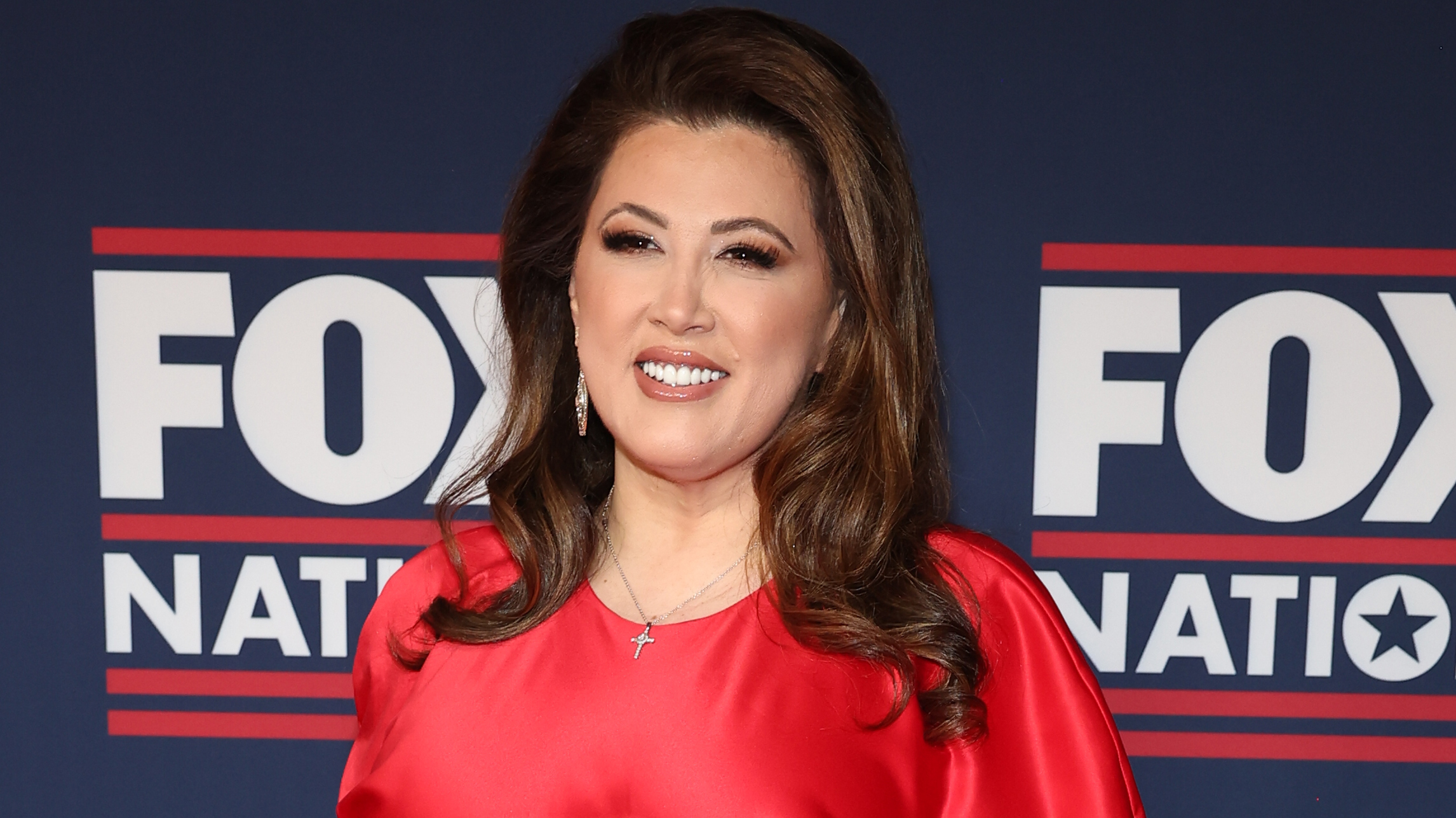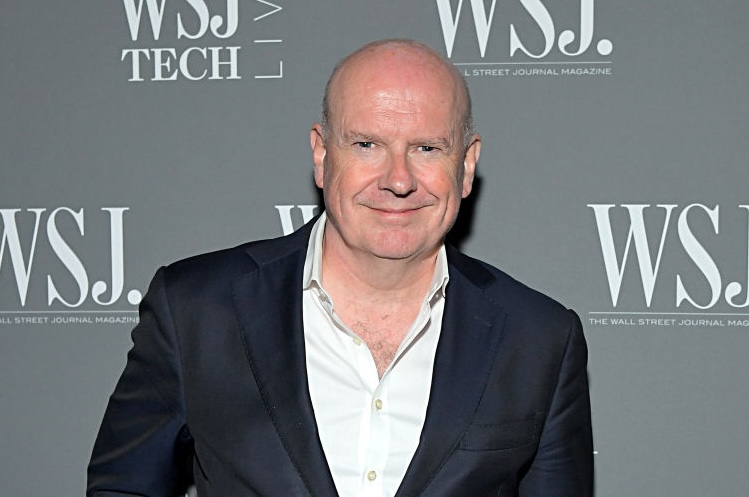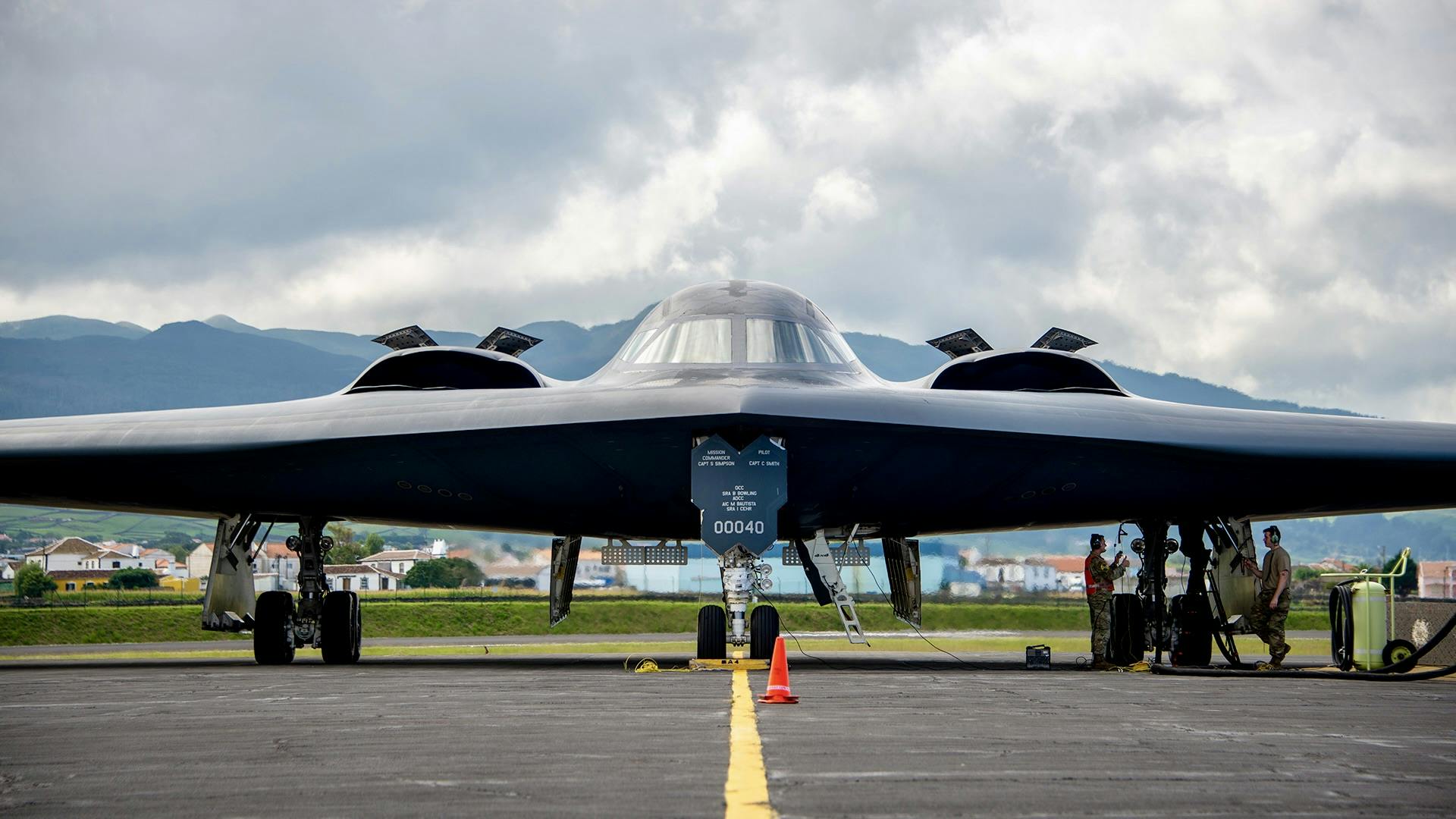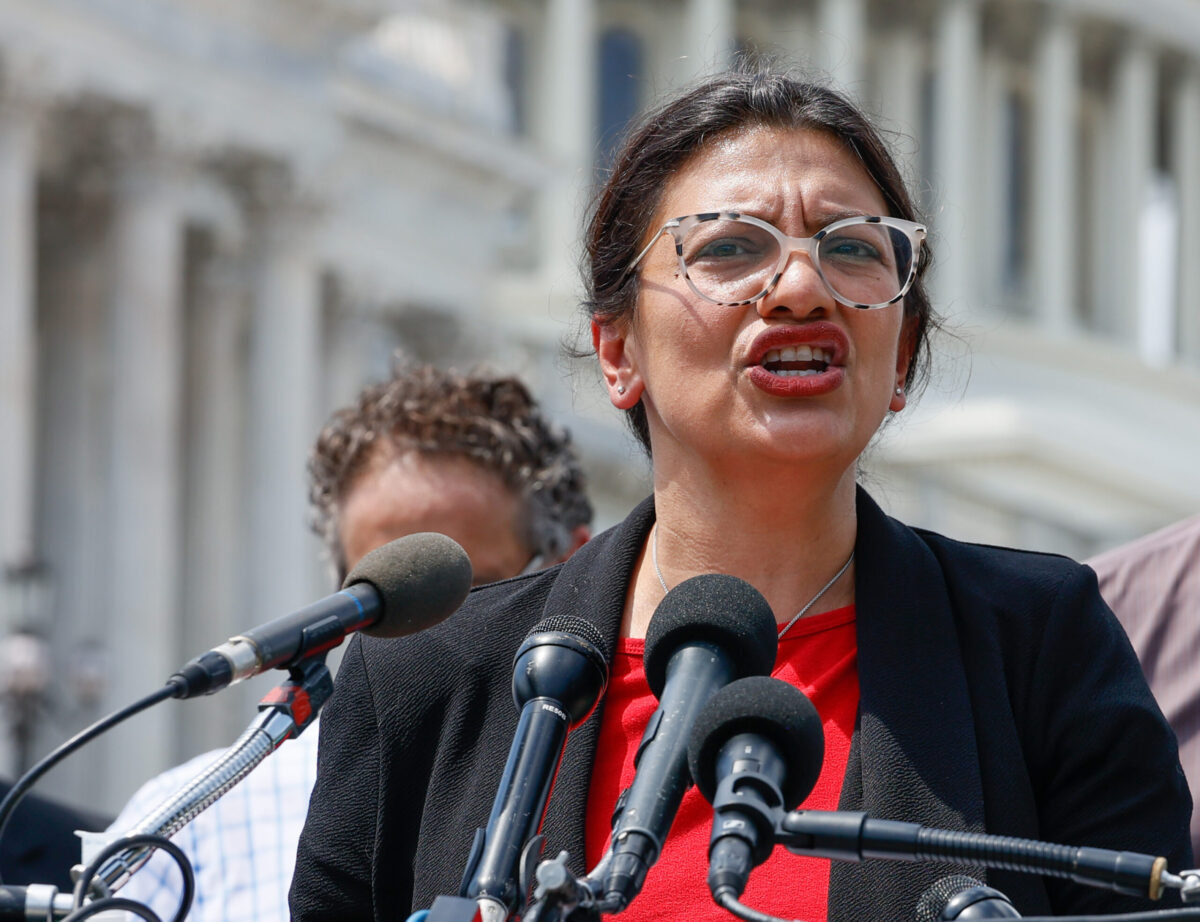Will the Ukraine War end in 2025?



Russian President Vladimir Putin has doubled down on his decision to continue the war in Ukraine, threatening to use nuclear weapons if he cannot get the solution he seeks in negotiations with incoming American President Donald Trump. He wants to keep existing boundaries based on the battlefield front lines, including annexed Ukrainian oblasts, and disarm Ukraine and deny them membership of NATO.
Ukrainian President Volodymyr Zelenskyy rejected this proposal outright, but also said “Ukraine deserves to make next year a year of peace”.
Neither side can fight on for another 12 months without causing considerable carnage and economic calamity to their respective countries.
The recent actions of both leaders seem to recognize this reality. Notwithstanding Putin’s aggressive nuclear threats after Ukraine’s use of powerful long-distant NATO weapons on Russian territory, where they struck North Korean troops and wounded a high-ranking general, Russia responded with a ballistic missile attack on a minor (undefended) Ukrainian town. Notably, Russia warned the USA before firing, so as not to risk a nuclear response.
Nevertheless, Putin still assumes that Russia’s war machine, with support from its allies in Iran, China, and North Korea, can outlast Ukraine and NATO. However, the Institute for the Study of War disputes this – “Russian forces lost roughly 80,000 troops during September and October 2024, but likely only recruited an estimated 60-70,000 into military service – indicating that the Russian military’s recruitment rates have begun to fall behind Russia’s previous one-to-one loss replacement rate.”
Also, Russia’s DIB, the country’s defense production system, is unlikely to match the production rate necessary to replace Russian weapons losses under current monetary policies. Foreign Policy, citing OSINT analysts, report that Russia has been losing around 320 tank and artillery cannon barrels per month but can only produce 20 per month. They declare that Russia will likely run out of cannon barrels in 2025 due to battlefield losses, dwindling Soviet stocks, and sanctions impacts.
Furthermore, the Russian Central Bank’s policy of raising interest rates has made it difficult for nondefense companies to raise capital through loans, which is shrinking the civilian economy and may lead to significant post-war recession as returning Russian veterans will have a harder time finding employment.
Russian Federal State Statistics Service (Rosstat) data shows that Russia’s labor shortage amounted to 4.8 million people in 2023, a problem that has reduced Russia’s economic output. Rosstat also estimated that Russia’s population will decline naturally at a rate of more than 600,000 people per year until 2032. Putin acknowledged Russia’s ongoing labor shortage on November 7 and admitted to Russia’s heavy reliance on migrants from as far- afield as Zimbabwe, to mitigate the impacts of its waning population.
What about Ukraine?
Ukraine is outmanned, outgunned and outmaneuvered. Factories and homes suffer from inconsistent power supplies. With temperatures at -10°C, the country could face blackouts lasting up to 10-12 hours daily this winter, and this estimate doesn’t even account for new Russian attacks. Furthermore, Ukraine is facing a demographic crisis – a shrinking population due to migration, a plummeting birth rate, and growing war casualties.
On the battlefield Ukraine is suffering a critical shortage of artillery shells, and cannot match Russian production, combined with North Korean imports. NATO has increased production, and Ukraine has developed a domestic arms industry, but distribution can take up to 18 months – time Ukraine does not have.
In an interview with Fox News President Zelenskyy said of U.S. arms supplies, “If they will cut, we will – I think we will lose,”- adding that Ukraine would stay and fight no matter what. “We have our production, but it is not enough to prevail. And I think it is not enough to survive.”
President-elect Trump has been critical about financially supporting Ukraine, but as a person who has been described as transactional, he may be swayed by the American military industrial complex, which employs thousands of Americans in (mainly) Republican-led states and makes billions from the arms sales.
Notably Trump’s nominated Secretary of State Marco Rubio, is fervently opposed to China and North Korea and is wary of their relationship with Russia. Arming Ukraine counters this threat. It helps that the weapons industry has invested $663,000 in his Congressional career to date.
Apathy towards the war and resistance to greater social and economic hardship also appears to be growing within Russian society as the war drags on – suggesting that it is in Putin’s interest to resolve the war in 2025 to avoid exacerbating domestic discontent.
Putin is making fewer public appearances in Russia than ever before. Rumors of public (and oligarchic) backlash, and of illness, may increase the perception of his volatility and need to reach a negotiated settlement with Ukraine quickly, without losing face.
Patrick Drennan is a journalist based in New Zealand, with a degree in American history and economics.
What's Your Reaction?
 Like
0
Like
0
 Dislike
0
Dislike
0
 Love
0
Love
0
 Funny
0
Funny
0
 Angry
0
Angry
0
 Sad
0
Sad
0
 Wow
0
Wow
0






































































